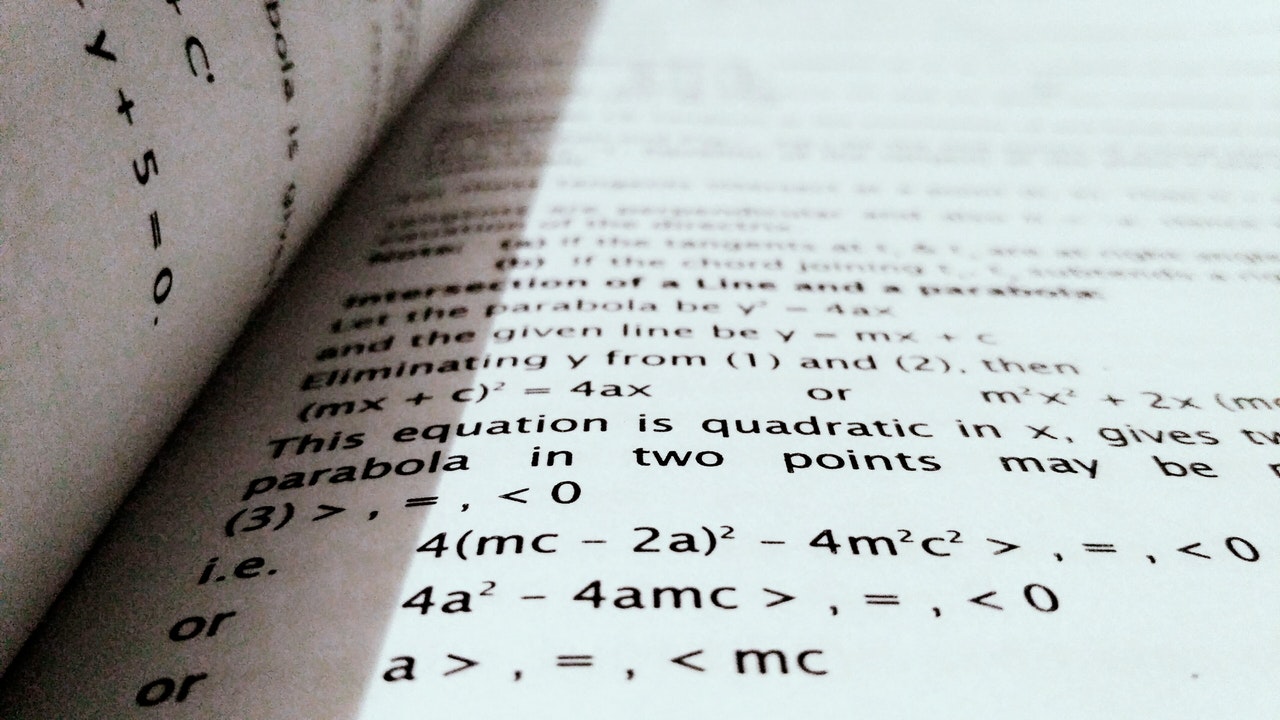

Interest in shape-drawing seems to have gone out of style in psychology. They gladly jumped in, wondering what their fingers would do, and eager to feel part of something larger.īut there’s still plenty we don’t know. To test our theories, we approached colleagues, friends, and family who write in Japanese, Arabic, Hebrew, Chinese, Thai, and Vietnamese, and, feeling a bit silly, asked them to draw circles.

There are countless ways that we subtly, unconsciously carry our cultures with us: the way we draw, count on our fingers, and imitate real-world sounds, to name a few. That’s the delight at the heart of this massive dataset. A gesture that American psychologists once assumed was natural and right, it turns out, might look odd, even crass, to a native Japanese speaker. There’s clearly much more to the simple act of drawing shapes than any of us might imagine. A US school, therefore, might promote counterclockwise circles with younger children, to help form the underlying motor skills they’ll need to later write their first letters. It promotes the “ magic c” (pdf), a counterclockwise curve used in the letters c, g, q, o, among others. Today, American kids are increasingly being taught a method of print and cursive called Handwriting without Tears. In Israel, 70% of participants drew circles the other way, across ages. Americans got more consistent in their drawing direction over time, with 100% of adult participants drawing counterclockwise circles. The reverse was true in Israel, where the closest letter to a circle, ס, is drawn clockwise, noted the researchers. A 1973 cross-cultural study looked at how US and Israeli children copied shapes at different ages and found, too, that American children overwhelmingly drew circles counterclockwise. In contrast, 64% of American children drew counterclockwise, a percentage that changed only slightly by sixth grade.īut it’s not just Japan. But nearly all sixth-graders drew their circles clockwise, which suggested to the researchers that as those children got more exposure to writing, their drawing direction grew more pronounced. One 1997 cross-cultural study looked at American students in the US, Japanese students in Japan, and Japanese students living in the US, at different ages: About half of the study’s 62 Japanese first-graders drew clockwise, a third drew counterclockwise, and a fifth mixed both. Psychologists later refuted that, and a few focused specifically on the effect that culture and education had on children’s shape-drawing habits. Children who drew with torque, he warned, might be at risk of schizophrenia. In a 1977 paper Theodore Blau, then-president of the American Psychological Association and creator of the torque test, argued that drawing clockwise circles was a sign of learning and behavioral aberrance. If she drew all the circles counterclockwise (considered evidence of right-handedness) she was said to have “no torque.” If she drew even one circle clockwise (linked with left-handedness), she “had torque.” To help researchers figure out if a child was right or left-handed, the child would be told to draw circles around each X, then again with the other hand. In a once common psychology exercise for kids called the ”torque test,” developed in 1970s US, children would be given a piece of paper with this on it: X X X The data from Quick, Draw! doesn’t show whether users were right or left-handed, which could strongly affect the directions they drew in. Still, hand dominance doesn’t differ greatly from one country to the next, and likely wouldn’t account for the large disparity between Taiwan and Japan, and the rest of the world. Perhaps it’s that right-handed people naturally tend toward counterclockwise circles, unless their writing systems teach them otherwise. Vietnam uses a Latin alphabet like the US and drew 95% of circles counterclockwise, while Hong Kong, which uses a Chinese-based script, drew a hefty 82% counterclockwise circles.Īnother potential explanation lies in hand dominance. Of course, while there’s a lot of evidence that written languages could influence the way people draw shapes, this theory does not account for everything. English has a stroke order, too, though it’s far less rigid: Perhaps it’s writing counterclockwise “c” and “g” over and over as kids that has most of the Latin-alphabet world drawing circles that way. Nearly all of these use the Latin alphabet, which runs left-to-right and is not especially circular. The remaining 50 odd countries tend to draw their circles counterclockwise.


 0 kommentar(er)
0 kommentar(er)
